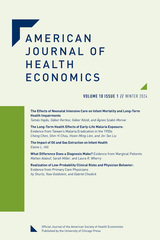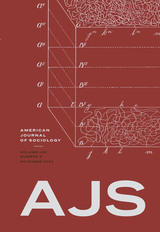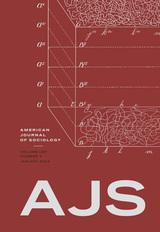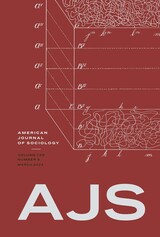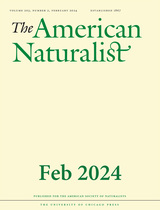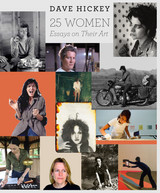
25 Women will not disappoint. The book collects Hickey’s best and most important writing about female artists from the past twenty years. But this is far more than a compilation: Hickey has revised each essay, bringing them up to date and drawing out common themes. Written in Hickey’s trademark style—accessible, witty, and powerfully illuminating—25 Women analyzes the work of Joan Mitchell, Bridget Riley, Fiona Rae, Lynda Benglis, Karen Carson, and many others. Hickey discusses their work as work, bringing politics and gender into the discussion only where it seems warranted by the art itself. The resulting book is not only a deep engagement with some of the most influential and innovative contemporary artists, but also a reflection on the life and role of the critic: the decisions, judgments, politics, and ethics that critics negotiate throughout their careers in the art world.
Always engaging, often controversial, and never dull, Dave Hickey is a writer who gets people excited—and talking—about art. 25 Women will thrill his many fans, and make him plenty of new ones.
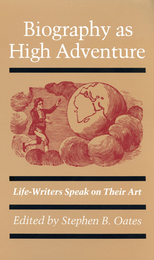
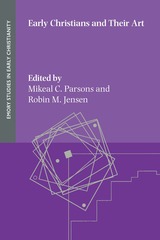

Since the inception of the noh drama six centuries ago, actors have resisted the notion that noh rests on natural talent alone. Correct performance, they claim, demands adherence to traditions. Yet what constitutes noh’s traditions and who can claim authority over them have been in dispute throughout its history. This book traces how definitions of noh, both as an art and as a profession, have changed over time. The author seeks to show that the definition of noh as an art is inseparable from its definition as a profession.
The aim of this book is to describe how memories of the past become traditions, as well as the role of these traditions in the institutional development of the noh theater from its beginnings in the fourteenth century through the late twentieth century. It focuses on the development of the key traditions that constitute the “ethos of noh,” the ideology that empowered certain groups of actors at the expense of others, and how this ethos fostered noh’s professionalization—its growth from a loose occupation into a closed, regulated vocation. The author argues that the traditions that form the ethos of noh, such as those surrounding masks and manuscripts, are the key traits that define it as an art.
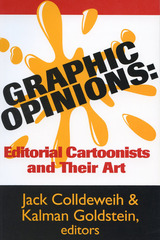
calling.
The editors examine the current work and opinions of two dozen prominent cartoonists through profiles and essays about political and social issues. Four examples by each cartoonist illustrate this.
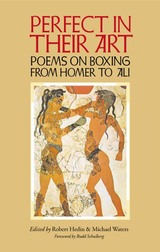
Two combatants, one ring, and a battle governed as much by determination and drive as by rules and referees: that’s boxing. Perfect in Their Art: Poems on Boxing from Homer to Ali spans the millennia to present more than one hundred of the finest in pugilism poetry from both oral and written traditions, celebrating the lasting literary, historical, and cultural significance of boxing’s storied heritage.
Editors Robert Hedin and Michael Waters pulled no punches in assembling the definitive poems and poets of the sport. Works by such classical poets as Homer, Virgil, and Pindar are gathered here side-by-side for the first time with the poems of Lord Byron, William Makepeace Thackeray, and Sir Arthur Conan Doyle. This provocative collection also features more recent literary heavyweights, including Langston Hughes, Maya Angelou, Joyce Carol Oates, Philip Levine, Wislawa Szymborska, Ai, Yusef Komunyakaa, James Merrill, and Norman Mailer. Equally impressive is this anthology’s rich sampling of boxing music, including ballads, blues, marches, waltzes, and pop lyrics. Irving Berlin, Memphis Minnie, Leadbelly, Paul Simon, Warren Zevon, and Bob Dylan are only a few of the songwriters in this volume compelled to honor the sweet science.
Complemented by a foreword from On the Waterfront author Budd Schulberg, Perfect in Their Art offers glimpses into the boxing ring’s literal and metaphoric place as a popular stage for brutal but artful combat. Together these poems celebrate the heroes and traditions of this most primal competition across its many eras to provide an accurate, graceful, and spirited evocation of boxing’s cultural legacy as both sport and art.
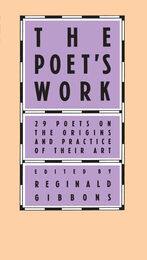
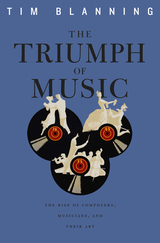
A distinguished historian chronicles the rise of music and musicians in the West from lowly balladeers to masters employed by fickle patrons, to the great composers of genius, to today’s rock stars. How, he asks, did music progress from subordinate status to its present position of supremacy among the creative arts? Mozart was literally booted out of the service of the Archbishop of Salzburg “with a kick to my arse,” as he expressed it. Yet, less than a hundred years later, Europe’s most powerful ruler—Emperor William I of Germany—paid homage to Wagner by traveling to Bayreuth to attend the debut of The Ring. Today Bono, who was touted as the next president of the World Bank in 2006, travels the world, advising politicians—and they seem to listen.
The path to fame and independence began when new instruments allowed musicians to showcase their creativity, and music publishing allowed masterworks to be performed widely in concert halls erected to accommodate growing public interest. No longer merely an instrument to celebrate the greater glory of a reigning sovereign or Supreme Being, music was, by the nineteenth century, to be worshipped in its own right. In the twentieth century, new technological, social, and spatial forces combined to make music ever more popular and ubiquitous.
In a concluding chapter, Tim Blanning considers music in conjunction with nationalism, race, and sex. Although not always in step, music, society, and politics, he shows, march in the same direction.
READERS
Browse our collection.
PUBLISHERS
See BiblioVault's publisher services.
STUDENT SERVICES
Files for college accessibility offices.
UChicago Accessibility Resources
home | accessibility | search | about | contact us
BiblioVault ® 2001 - 2024
The University of Chicago Press


